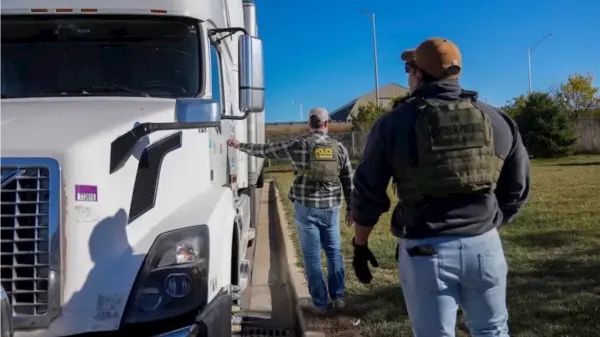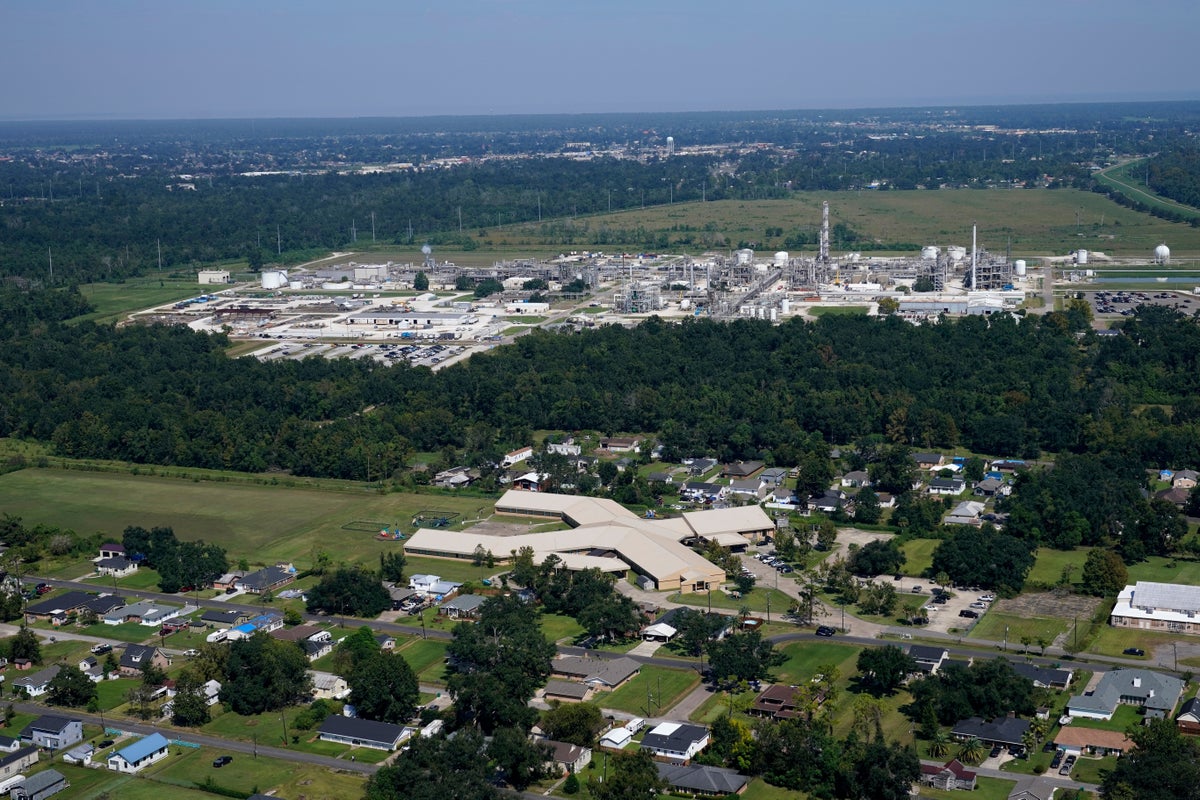URGENT UPDATE: A groundbreaking study has revealed that 5,500 hazardous sites across the United States are at serious risk of flooding due to rising sea levels, with potential impacts occurring as early as 2050. The alarming findings underscore a ticking clock for vulnerable communities, as unchecked heat-trapping pollution continues to exacerbate the crisis.
Researchers from the University of California, Los Angeles, identified sites that store or handle dangerous materials, including oil, gas, and sewage. The study indicates that if fossil fuel emissions remain unchecked, many of these sites could be inundated by the year 2100. Tragically, over half of these vulnerable locations could face flooding much sooner, placing nearby communities at heightened risk for health hazards.
According to the study published in Nature Communications, marginalized groups, including low-income communities and communities of color, will bear the brunt of these health risks. “Our goal with this analysis was to try to get ahead of the problem by looking far out into the future,” stated Lara J. Cushing, an associate professor involved in the research. “We do have time to respond and try to mitigate the risks and also increase resilience,” she emphasized during a media briefing yesterday.
The urgent need for action is amplified by the fact that climate change is accelerating sea level rise. Melting glaciers and warming oceans contribute to these dangers, particularly along the coastal U.S., where rising water levels are outpacing global averages due to localized erosion and land subsidence, as noted by the National Oceanic and Atmospheric Administration.
Thomas Chandler, managing director at the National Center for Disaster Preparedness at Columbia University, highlighted the study’s importance for public awareness and policy intervention. He insisted that both policymakers and citizens must take note of these critical findings.
The researchers began by mapping out hazardous sites located near coastlines across Puerto Rico and 23 states, calculating the likelihood of future flooding based on historical data and projected sea-level increases. They identified communities at risk if homes lie within 1 kilometer (0.62 miles) of these sites.
However, the study does not account for all hazardous facilities, such as oil and gas pipelines, potentially underestimating the true scale of the threat. Chandler also noted the historical impact of flooding on toxic contamination from past hurricanes, raising concerns about the cascading effects of future disasters.
The findings are particularly alarming: 44% of at-risk sites are fossil fuel ports and terminals, while 30% are power plants, 24% are refineries, and 22% are coastal sewage treatment facilities. Nearly 80% of these sites are concentrated in states like Louisiana, Florida, New Jersey, Texas, California, New York, and Massachusetts.
People living near these industrial sites face serious health risks. Exposure to floodwaters near sewage treatment plants can lead to illnesses caused by bacteria such as E. coli, with symptoms including severe stomach cramps and vomiting, as explained by Sacoby Wilson, a professor at the University of Maryland. Long-term exposure could result in severe health conditions, including cancer and organ damage.
The urgency is clear: the study calls for immediate investment in hazard mitigation strategies. “It’s really important for federal, state, and local governments in the United States to address these factors through multi-stakeholder resilience planning,” Chandler urged.
This urgent call to action highlights the necessity for proactive measures to protect communities from the impending threats posed by climate change. The time to act is NOW, and stakeholders must prioritize climate risk assessments to safeguard the health and safety of vulnerable populations.
Stay tuned for more updates as this developing story unfolds.







































































